The effects of climate change may not be apparent in some parts of the world just yet.
But in Dakar, the battle against nature has already begun, with coastal erosion wreaking havoc on the city’s peninsula that stretches into the Atlantic — forcing people to move out of their homes and ruining its long, sandy beaches.
By 2080, more than 300 buildings and 60 percent of its beaches could be gone, according to a 2013 report.
But now, the Senegalese capital of some 2.5 million people is fighting back, with a master plan for tackling the challenges brought on by a changing climate and growing population.
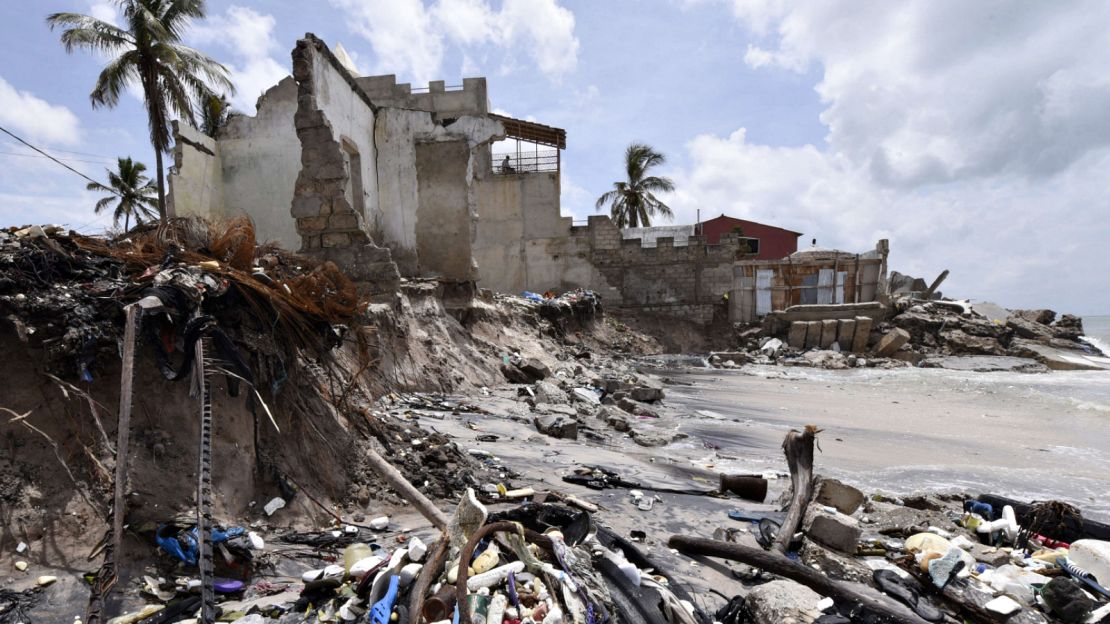
As one of the world’s 100 Resilient Cities (100RC) — a project by the Rockefeller Foundation which lists resilient world cities tackling everything from rising sea levels and coastal erosion to housing and energy challenges — Dakar is the first of eleven African cities to introduce a so-called resilience strategy, a key milestone in the program.
“Africa is one of the front lines in terms of urbanization globally. People are moving out of the villages and into the cities at a pace unprecedented in history,” says Michael Berkowitz, President, 100RC.
The aim is to provide a model for what a new, more resilient urbanization might look like.
“A sort of global revolution in the way we think about urbanization,” Berkowitz says.
The Rockefeller Foundation has allocated $164 million to the program, which will fund a chief resilience officer for each city to draw up a resilience plan and provide support and a network of expertise.
Dakar’s resilience challenge
“Climate change is our biggest threat,” says Dakar’s chief resilience officer Antoine Faye. He fears that rising sea levels and coastal erosion, which has been linked to climate change, could obliterate the city’s tourism industry.
“We have a nice beach with hotels, but these will disappear and there will be no tourists left,” Faye adds.
Also residential houses have been destroyed, partly due to a change in rain patterns which has resulted in flash floods over the past three years, says Faye. “We see this every day.”

The excess water has dangerous knock-on effects. “You have more mosquitoes. We’ve tried to eradicate malaria, but we’re losing the fight now.”
The resilience plan looks at waste management, improving public transport and reinventing the green spaces which have fallen victim to urbanization.
“Climate change is likely to change rain patterns. Sometimes there will be more rain, leading to flooding, or there will be less rain leading to drought and heat,” Berkowitz says.
“Green spaces help moderate those impacts by absorbing rainwater — like the city’s sponge — and they keep the temperatures more moderate in the hottest, driest months.”
Lagos
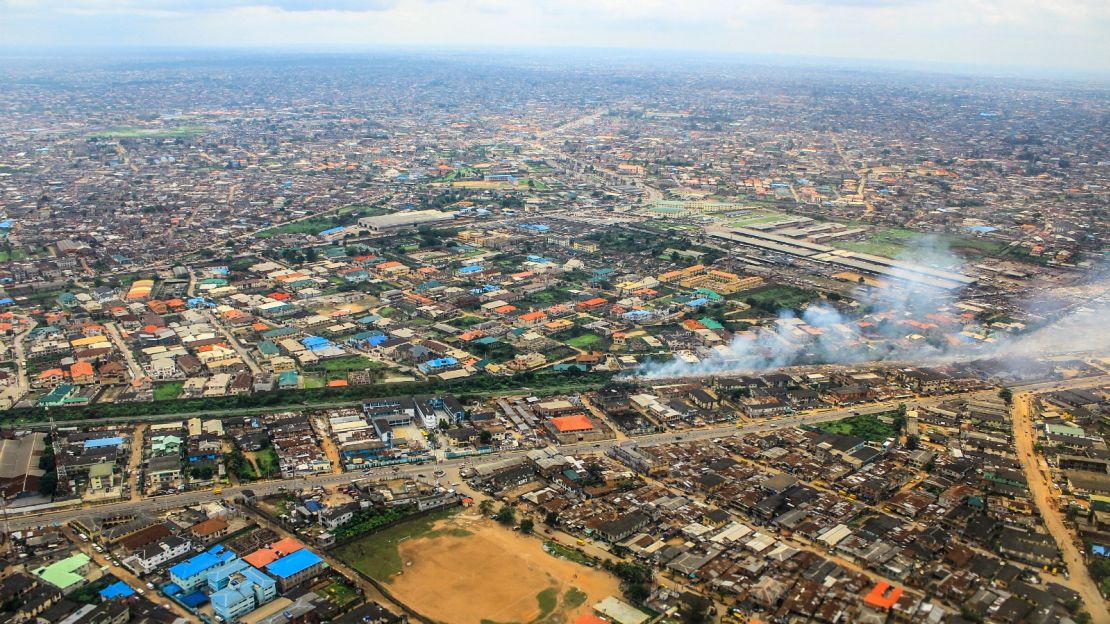
Nigeria’s largest city and cultural capital was admitted to the program, at a ceremony in February this year.
Coastal flooding from storm surges has forced the relocation of businesses and resorts from Victoria island — a popular tourist spot. Meanwhile, rising sea levels and coastal erosion in other areas have meant decline in water quality, according to 100RC.
The past 40 years has transformed the city, infamous for its heavy traffic and poor air quality.
“It’s one of the biggest cities in the world, and therefore incredibly complex,” Berkowitz says.
Nigeria’s population of 187 million is expected to double by 2050, making it the fourth most populous country in the world — with the world population predicted to hit the 10 billion mark in 2053.
In an attempt to take control of the city’s growth, Lagos will now draft its resilience plan, tailor made to the city’s challenges.
Another nine countries across the continent made the final list, each with their own unique stresses and strains.
Luxor
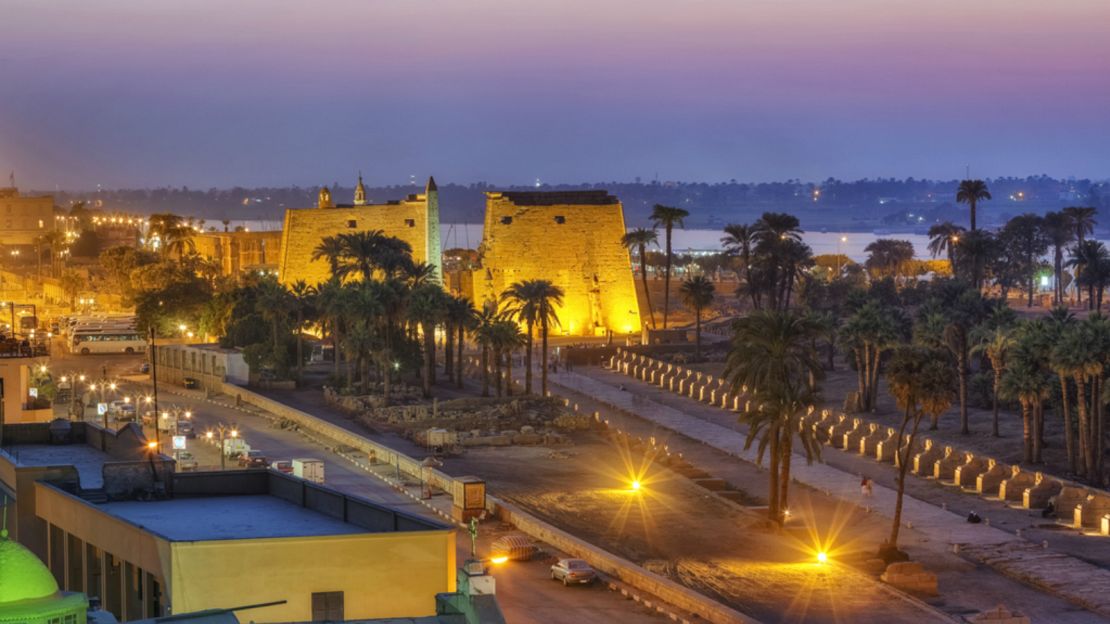
With a rich history that whispers of mummies and pharaohs, Luxor — once the ancient Egyptian capital of Thebes — is aspiring to modernize the city and tackle unemployment. With the aim of reviving tourism and diversifying the economy, the government plans to turn the city into a massive open air museum. And with frequent, long lasting power cuts, the aging infrastructure will need an upgrade.
Cape Town
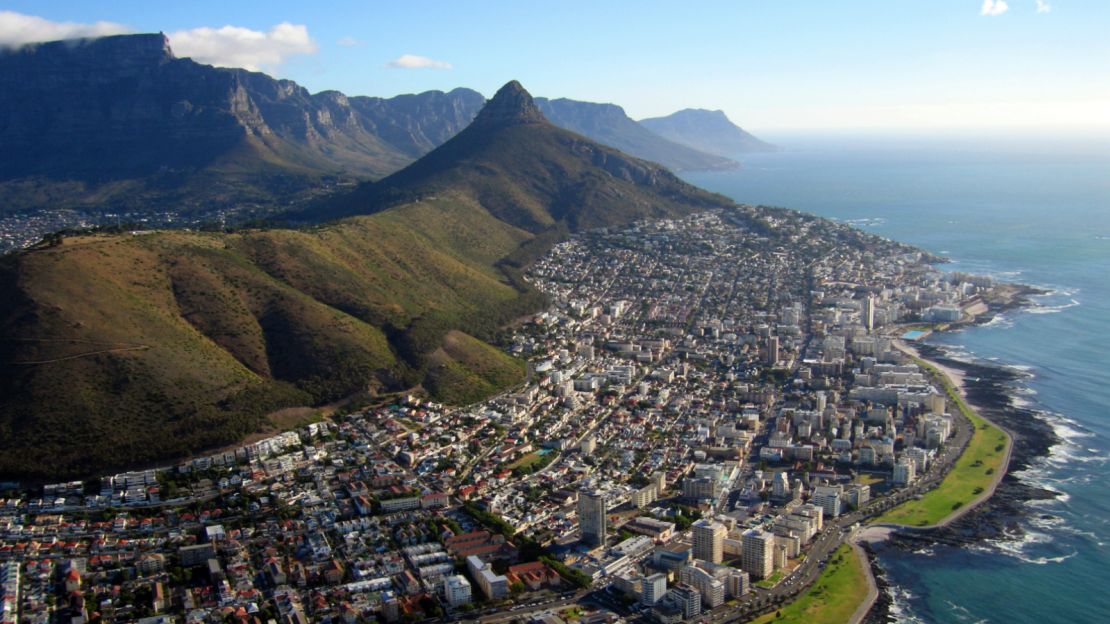
For South Africa’s legislative capital Cape Town, where unemployment is a key driver of poverty, job creation is a key measure in the drive for a more resilient city, alongside finding ways to curb the riots and civil unrest that disrupt economic growth. Aging infrastructure, heatwaves and flooding due to heavy rainfall are also putting a strain on the city which is home to around 3.7 million people.
Durban
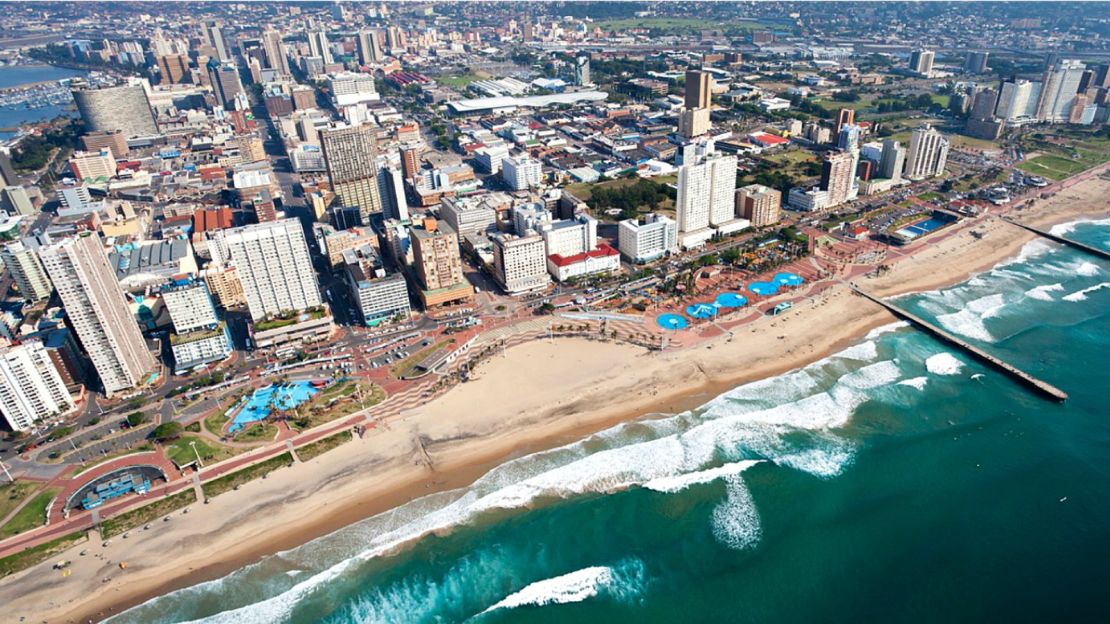
With it’s beautiful coastline and turquoise seawater, Durban on South Africa’s eastern seaboard is one of the global leaders in climate change adaptation, according to 100RC.
In an attempt to fight drought, coastal flooding and erosion, the city, led by its chief resilience officer, is actively exploring ideas for coping with the challenges, which will be presented in their resilience strategy.
Kigali

Some 20 years after the Rwandan genocide, the country’s vibrant capital Kigali is still recovering. Meanwhile, both a growing population and economy have brought new challenges for the city’s infrastructure, such as energy shortages and lack of housing. The environmental toll has been high too, with flooding due to persistent rainfall causing issues in sanitation and heightened risk of epidemic disease.
Accra
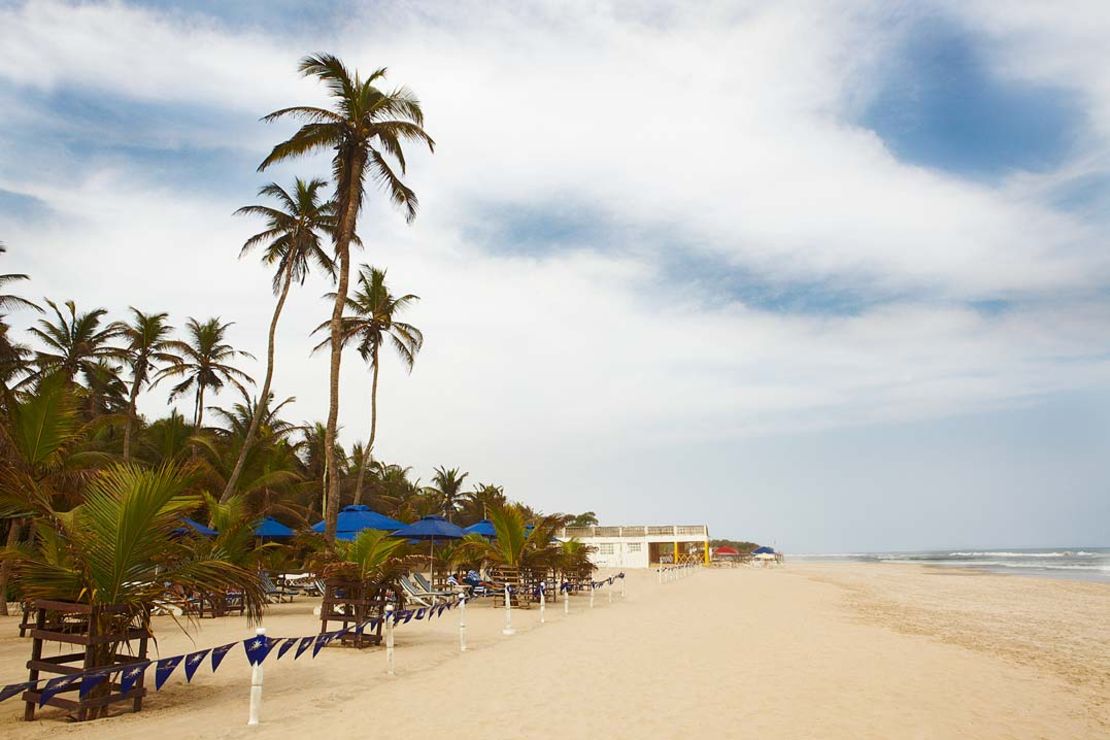
The strains on Ghana’s sprawling capital Accra include an aging infrastructure, energy shortages and flooding, according to 100RC.
Sustained water pollution from human and industrial waste have rendered the coastal city’s two lagoons uninhabitable to some fish species. With the looming threat of a cholera outbreak, waste management and efforts to improve sanitation are high on the list of measures to be implemented.
Nairobi
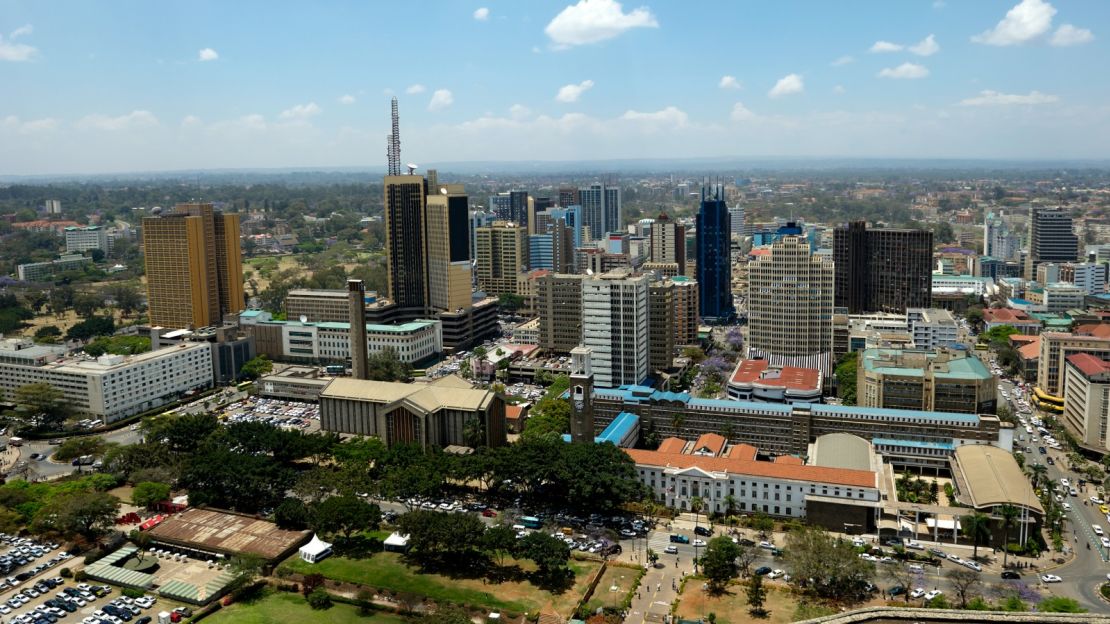
Home to 2.7 of Kenya’s 48.3 million people, Nairobi contributes to more than half of the country’s GDP, according to 100RC. Still, high unemployment and poor infrastructure create challenges for the country’s commercial and political capital. Lacking the ability to deal with heavy rainfall, flash floods have been known to destroy buildings and increase the risk of waterborne disease.
Enugu
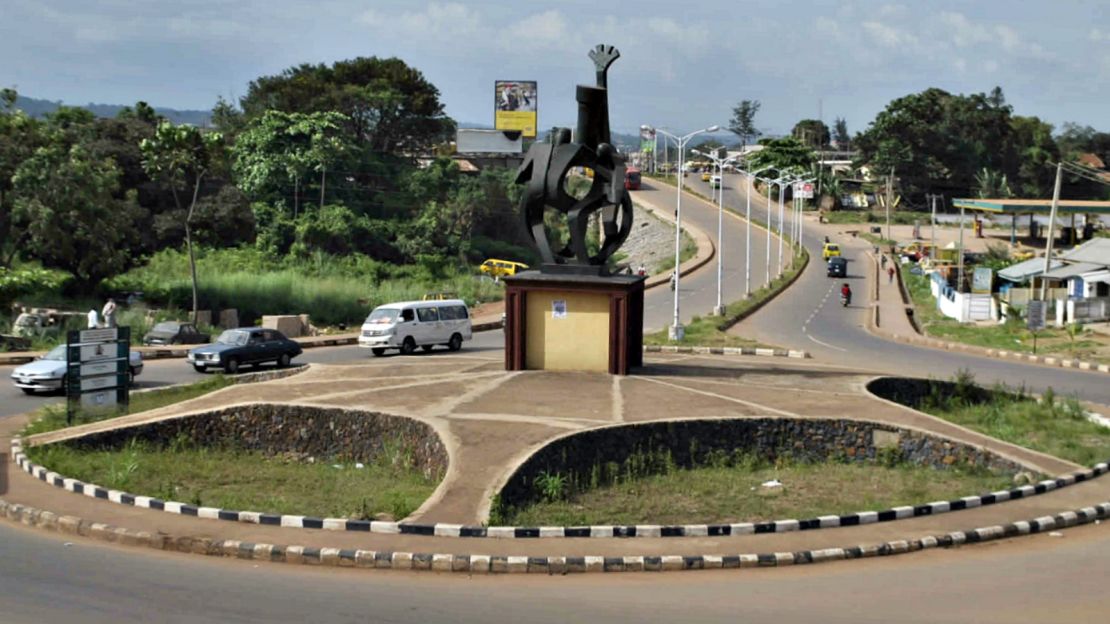
In contrast to its big sister Lagos, the southeastern Nigerian city Enugu is an emerging economic power struggling with poor roads, crumbling infrastructure and recurring energy shortages. In response, the city is looking at implementing clean energy solutions and a new, more efficient road network to accommodate the rapidly growing population.
Addis Ababa
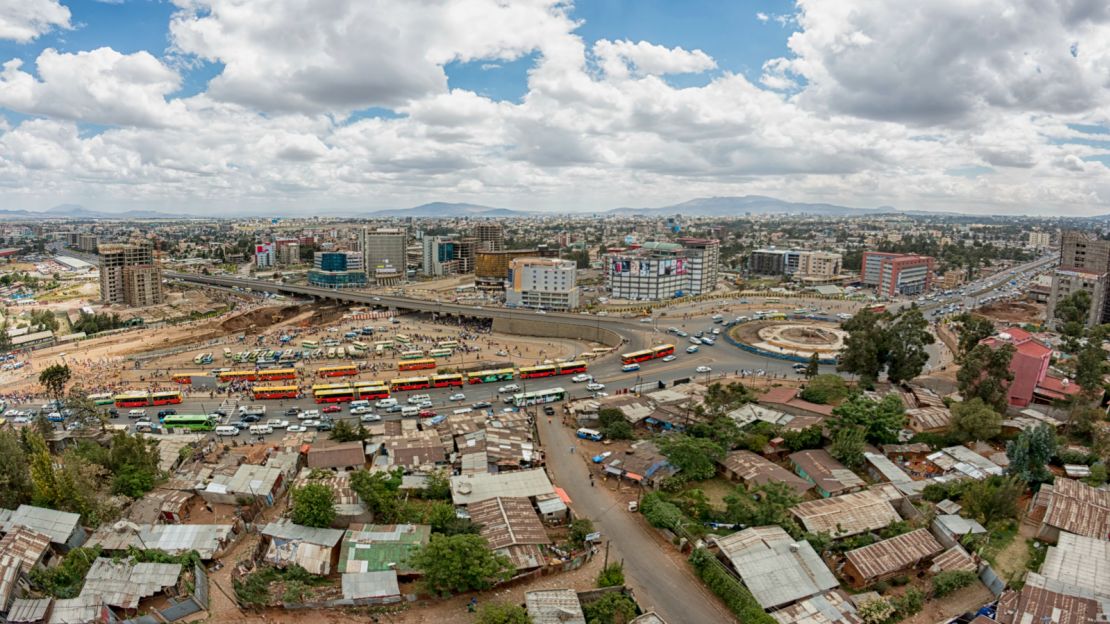
Home to 25% of the country’s population today, Ethiopia’s bustling capital Addis Ababa is expected to double in size in the next 15 years as more and more people leave the countryside. The strain on services providing clean water and sanitation include high unemployment and lack of affordable housing.
Paynesville
The cities in the programme are at different stages of development and Liberia’s second city after Monrovia is an example of a city on the brink of urban growth where there’s still time to shape its evolution, says Berkowitz.
“If it’s able to do that, it can steer away from the struggles of a massive megacity like Lagos.”
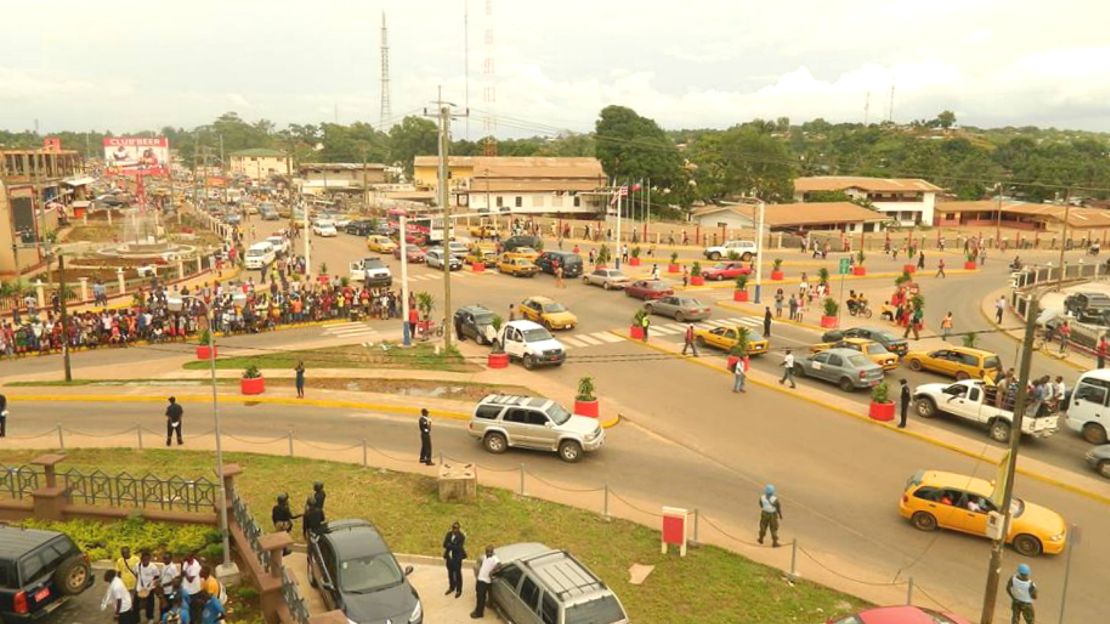
Challenges in water management bring the threat of infectious disease, in the growing suburban city where poor sewage and drainage systems are unable to cope with heavy rainfall. The contaminated water reserves are an attractive breeding ground for mosquitoes infected with malaria, which remains the country’s leading cause of morbidity and mortality.
Efforts have begun to tackle the issue, with a government scheme to improve clean water access.
Creating the perfect future city
However, a resilient strategy is just a first step. The hard part is still to come for the eleven African cities as they prepare for the future.
Progress is slow, and there will be some time before the foundation starts seeing the impact, Berkowitz says
“The things that really make a city resilient — more cohesive communities where neighbors check on neighbors, better transportation, mobility, improved air quality, better built environment and architecture — these don’t happen in a year or two, or even three. That’s the work of a generation.”
That said, he is optimistic about the efforts seen in Dakar, which could become “a model of African urbanization.”
“It feels like there’s a lot of energy going in the right direction.”


